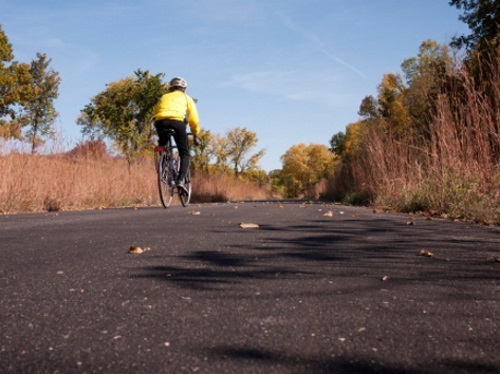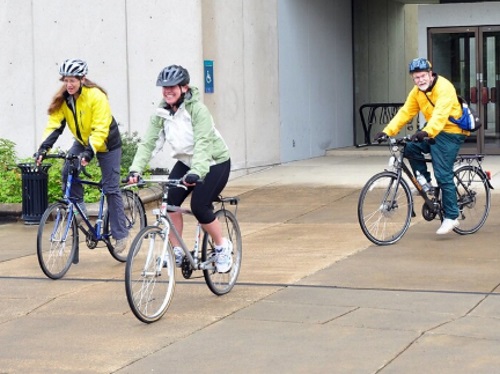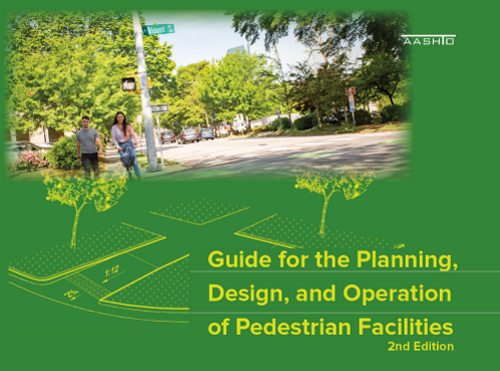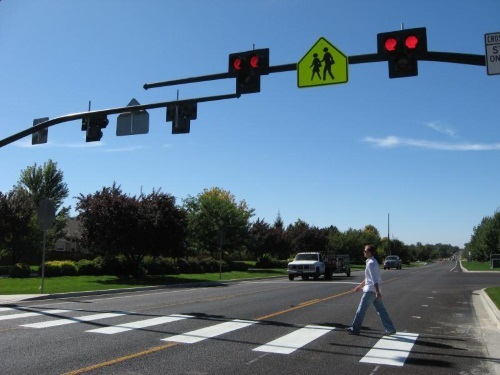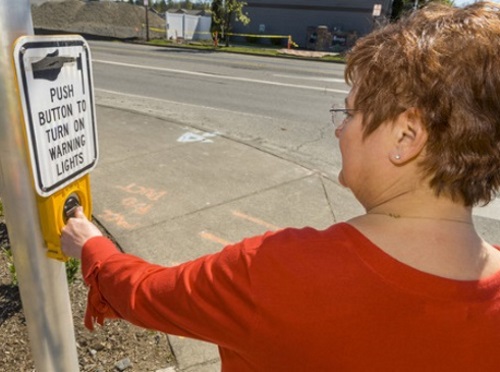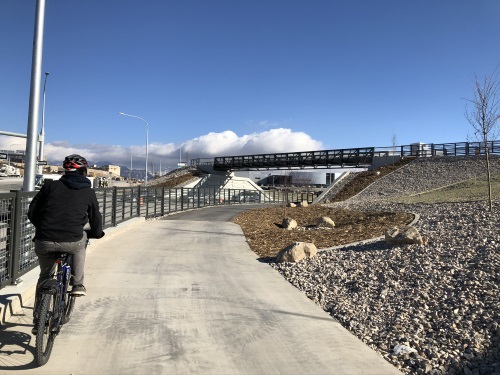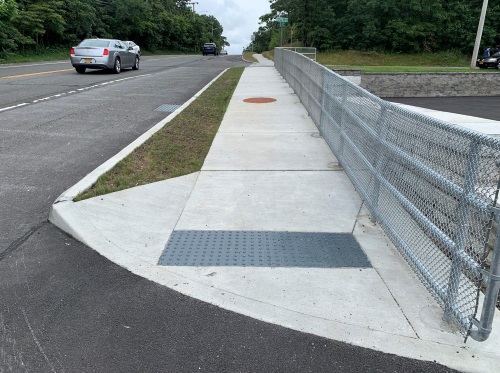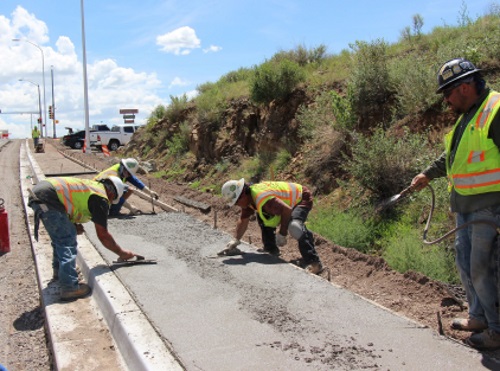Three new U.S. Bicycle Routes in Oklahoma, Minnesota, and Delaware, along with the realignment and extension of additional routes through Indiana and Michigan, have added more than 650 miles to the U.S. Bicycle Route or USBR system.
[Above photo by the Minnesota DOT]
The new routes in Oklahoma and Delaware are the first U.S. Bicycle Routes in those states, while the new route in Minnesota is its fourth. USBR 66 in Oklahoma boasts the most rideable miles of Historic Route 66, the “Mother Road.” At the same time, USBR 20 in Minnesota offers miles of off-road riding and several of the state’s 10,000 lakes, and USBR 201 through Delaware takes in historic sites and Delaware River views.
Michigan and Indiana realigned and extended existing routes based on feedback from bicyclists and local communities and due to the completion of infrastructure improvements and other projects.
“It’s been 96 years since the iconic Route 66 opened to motor vehicle traffic in the U.S.,” said Jim Tymon, executive director of the American Association of State Highway and Transportation Officials, in a statement.
“Now, cyclists can follow the historic route for more than 400 miles through Oklahoma using the newly designated USBR 66,” he added. “This latest round of U.S. Bicycle Route System designations exemplifies AASHTO’s steadfast commitment to creating active transportation facilities in rural and urban America.”
“We’re excited to coordinate this project to build a better future for bicycle travel across the United States,” said Jennifer O’Dell, executive director of the Adventure Cycling Association. “The latest designations are powerful momentum in this long-term effort.”
The U.S. Bicycle Route System is a developing national network of officially designated, numbered, and signed routes that use existing roads, trails, and other facilities appropriate for bike travel. It will eventually encompass 50,000 miles of routes and open new opportunities for cross-country travel, regional touring, and commuting by bike.
State departments of transportation develop U.S. Bicycle Routes, which AASHTO then officially designates. With the latest designations and realignments noted above, the USBR system now boasts 18,534 miles of routes in 33 states and Washington, D.C. At least 38 states are currently developing additional U.S. bicycle routes, AASHTO noted.
The nonprofit Adventure Cycling Association helps coordinates national development of the USBR system, offering technical assistance, volunteer coordination, and outreach to help states achieve official designation of routes.
In February 2021, AASHTO and Adventure Cycling signed a memorandum of understanding or MOU to formalize their 16-year partnership, which seeks to create a national bike route network that “mirrors that of the national interstate system.”

